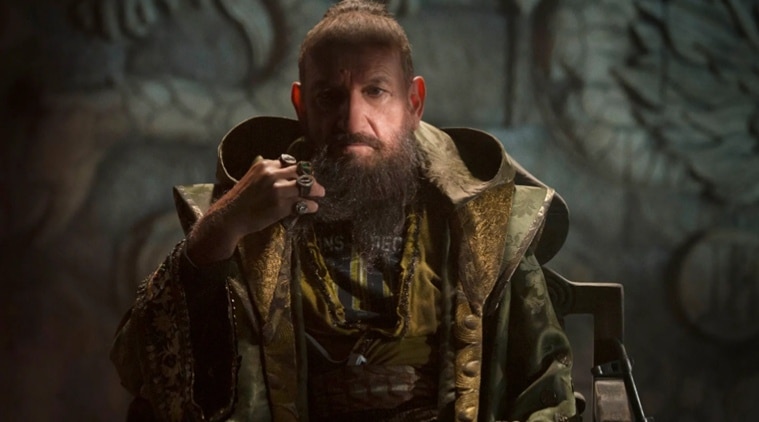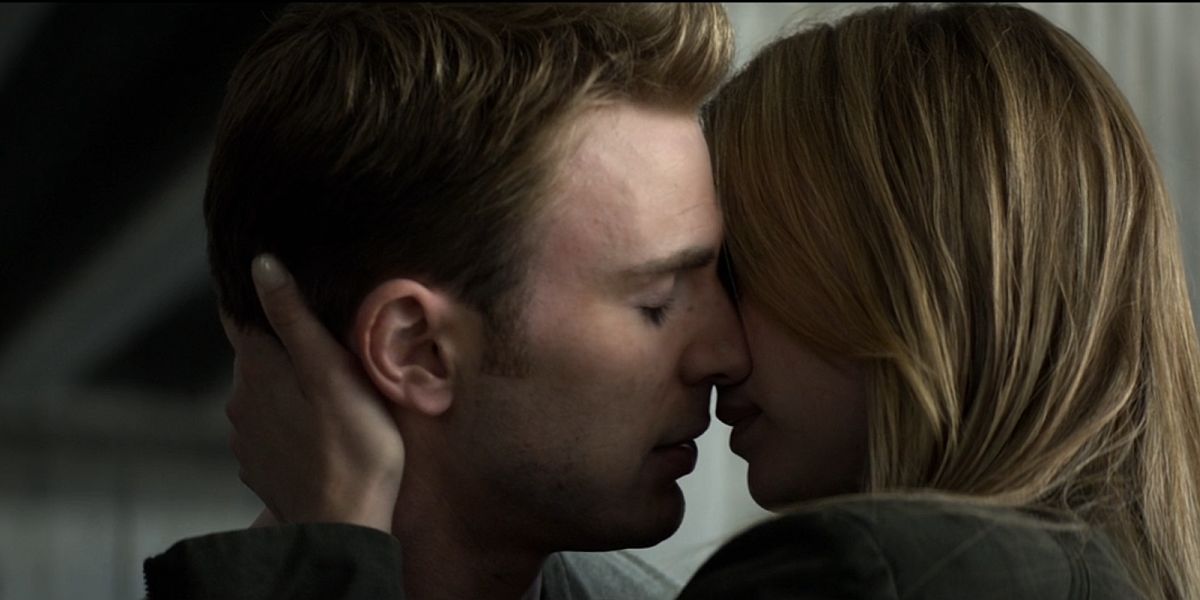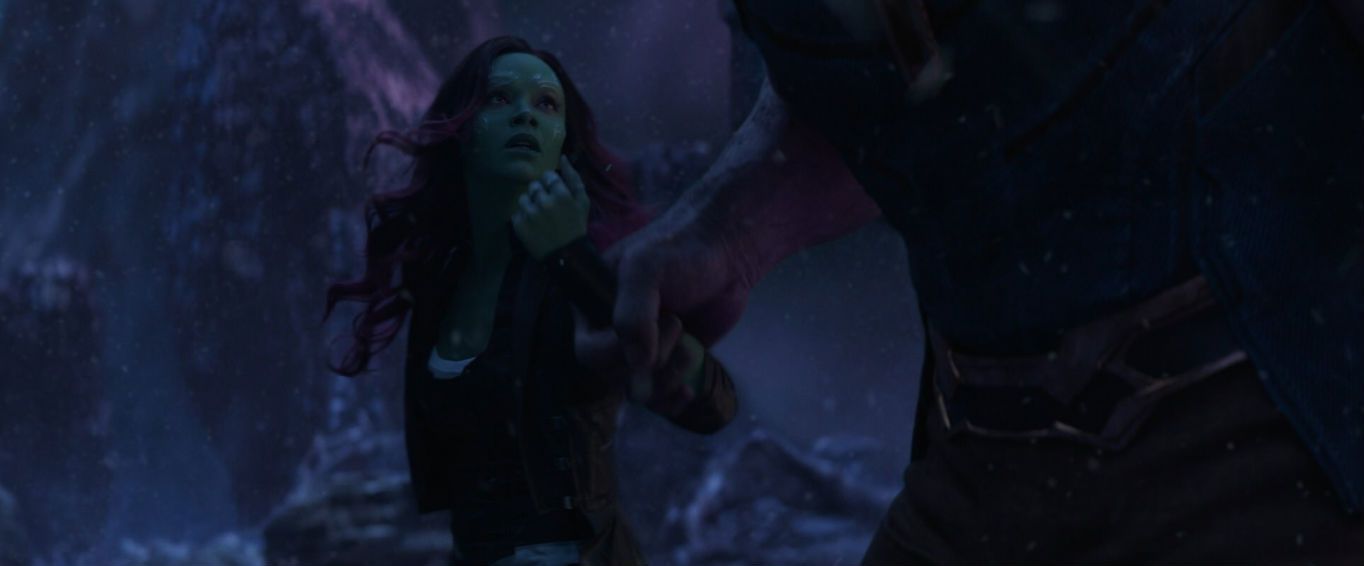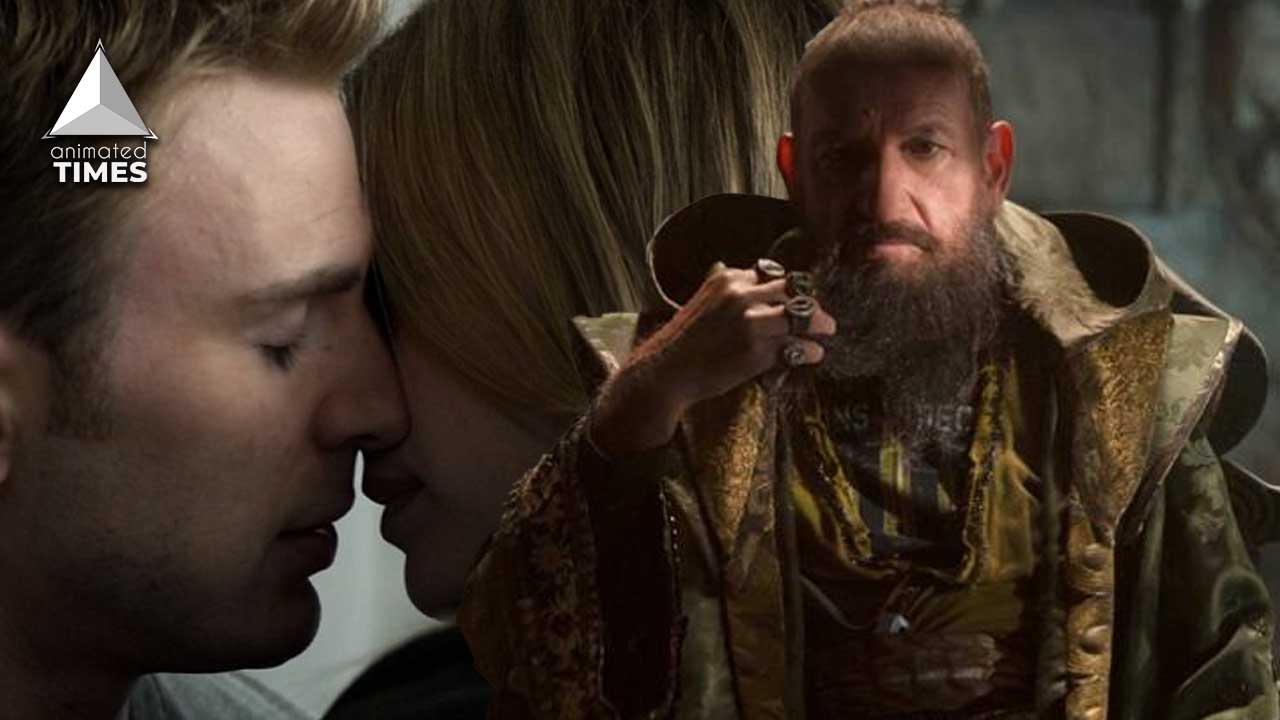MCU Scenes So Controversial Disney Would Never Make Today
The superhero genre is more popular than ever, partly thanks to the phenomenal success of the Marvel Cinematic Universe. With so many films under its belt, it’s no wonder that the MCU has had its fair share of controversy. There have been a few polarising, love-it-or-hate-it films in the Marvel Universe, but they’re few and far between. Individual scenes within films, on the other hand, are far more regular and have managed to split the fanbase – at least until the next spectacular event comes and everyone forgets about it.
Controversies related to a particular scene are more prominent. Keeping this in mind, we have collected a number of scenes from the MCU that are controversial enough to heat up the discussion. After reading this Disney might question its decision to have these scenes in the first place.
The Mandarin Scene – Iron Man 3

It appeared from the start that The Mandarin would be the subject of yet another race-based dispute. The Mandarin is a “yellow peril” wicked Chinese archetype in the comics. His very name is racist! Iron Man 3 defied expectations by showing that the Mandarin, the alleged terrorist, was actually a down-on-his-luck actor. It was actually a creative twist, although it didn’t quite live up to fan expectations. The Mandarin had been set up very effectively in Iron Man and Iron Man 2, and comic book readers expected Marvel to play him straight. The Mandarin twist was so controversial that Marvel decided to make a whole one-shot as an apology to fans, reassuring them that the real thing was still out there.
MCU Phase 4 & 5 Quiz
Quicksilver And Scarlet Witch’s Changed Backstories – Avengers: Age of Ultron
/cdn.vox-cdn.com/uploads/chorus_asset/file/22252361/quicksilver_scarlet_witch_1553431117.jpg)
Scarlet Witch and Quicksilver’s origins had to be modified for their appearance in Avengers: Age of Ultron since the cinematic rights to all mutants were controlled by Fox, which had yet to be purchased by Disney, making the inclusion of anyone with an X-Gene a complex legal issue. Because of their comic book origins, Scarlet Witch and Quicksilver are not only mutants but also Magneto’s children. They decided to convert Wanda and Pietro into Hydra’s volunteer guinea pigs. When you consider that their comic beginnings put them as the children of a Holocaust survivor, this gets a little troublesome. Since then, though, a lot has changed. As a result of Disney’s takeover of Fox, mutants are now free to enter the MCU. WandaVision retconned the twins’ origins to include a more sorcerous influence on Wanda’s end, but she’s still not a mutant.
Steve And Sharon’s Kiss – Captain America: Civil War

The revelation of Steve Rogers’ connection with Sharon Carter was one disturbing sequence. First, Rogers discovered that Carter wasn’t his flirting next-door neighbor, but rather a S.H.I.E.L.D. agent sent to keep an eye on him. Then he found out she was also the niece of his WWII-era love interest as he watched Sharon eulogize that very same love interest. Steve and Sharon’s kiss was a long-awaited spark for some fans. Others perceived it as a romantic connection that appeared out of nowhere. It was difficult to ignore Cap kissing the niece of his ex-girlfriend, who had just died of old age. The kiss nevertheless didn’t work out, and Steve and Sharon never saw each other again. So, regardless of whether it was unusual or not, everyone can agree that it was entirely meaningless.
Gamora’s Death – Avengers: Infinity War

In Avengers: Infinity War, it was revealed that anyone desiring the Soul Stone would have to sacrifice someone they loved most, trading a soul for a soul. Gamora was overjoyed at first, laughing in her “father” Thanos’ face because the universe had plotted against him. But then she realized that Thanos did, in fact, love her and that, as a result, she could be his sacrifice. Gamora’s dying sequence in Infinity War was intense and moving, but it was also unsettling because it was difficult to believe Thanos’ love was genuine. Gamora was rightly portrayed as a victim of Thanos‘ abuse rather than an ideal of love. Yet, because the Soul Stone accepted Thanos’ sacrifice, the movie essentially recognized his love as pure.
Black Widow’s Sacrifice – Avengers: Endgame

Although Black Widow wasn’t the only MCU character to die in Avengers: Endgame, her death on Vormir sparked a lot of discussions. Because Black Widow chose to sacrifice herself rather than Hawkeye, we got a relatively close re-run of Gamora’s death from Avengers: Infinity War. After previously serving as little more than a supporting character to the male heroes, Endgame gave Black Widow her most significant MCU role, only to kill her off. Furthermore, she was never given a funeral. On Vormir, she was ignored while Tony Stark was given a grand send-off. The remaining five (all-male) original Avengers gathered shortly after Natasha’s death to discuss how losing her had affected them. After that, she was only mentioned a few times, while Tony Stark’s own sacrifice became the focal point of the film’s climax.





